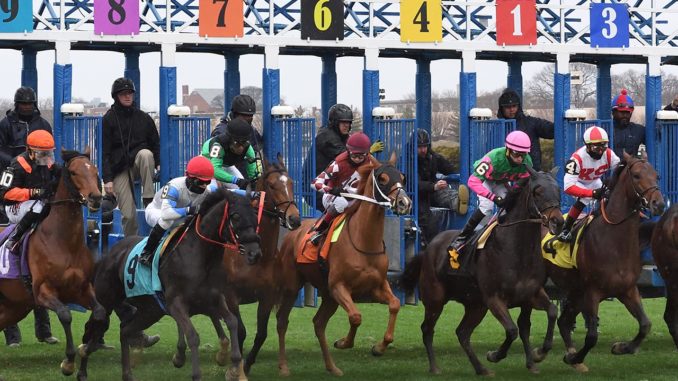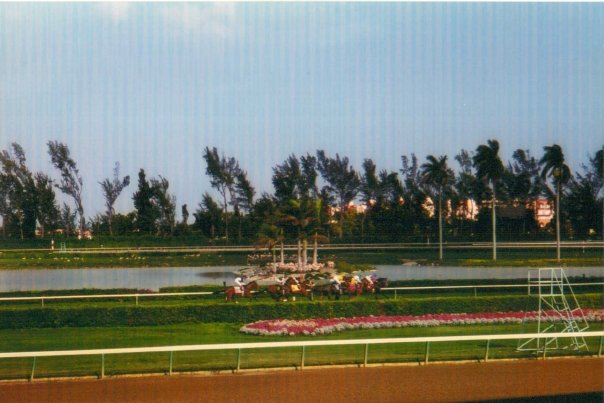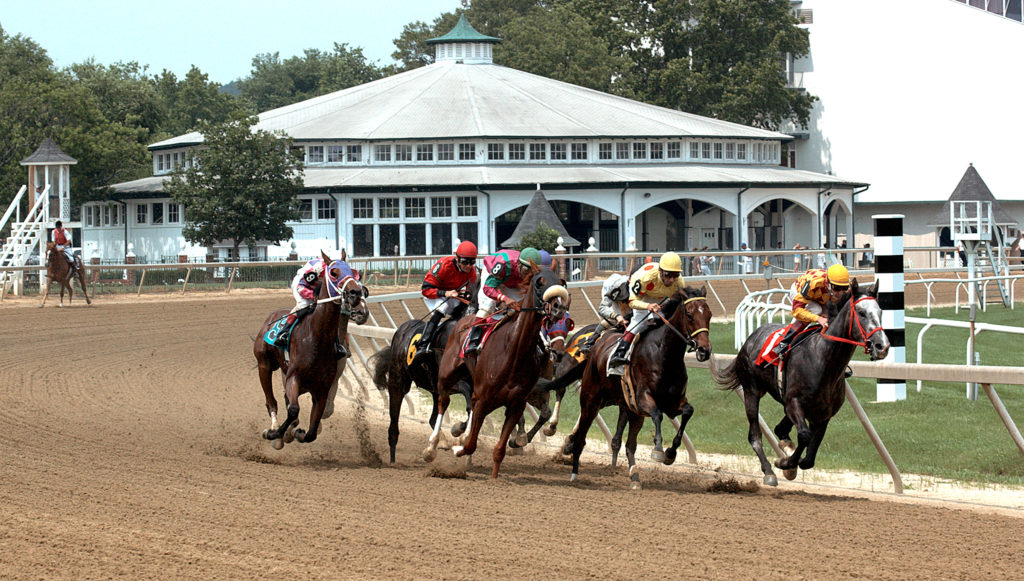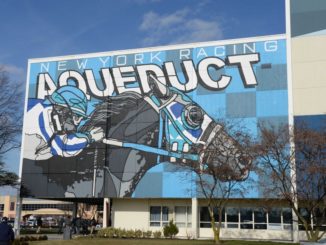
At the turn of the 21st century it was becoming increasingly evident that the days of Thoroughbred racing being held at Hialeah Park were numbered. The impending deregulation of racing dates had rival tracks Gulfstream Park and Calder licking their chops at dividing the spoils when Hialeah, once the signature track in Florida, could no longer rely on the state to ensure a two-month period in which it could operate free of competition.
For those of us who admired Hialeah for its history and unmatched beauty (while simultaneously ignoring its mismanagement), it was a looming tragedy.
A preview of a Hialeah-less world occurred in 2000, when the Brunetti family entered a lease agreement to hold the Hialeah meet at Gulfstream. While a financial success, the meet couldn’t help but be an aesthetic failure. The Gulfstream plant at the time, while very nice, simply couldn’t match even the decaying beauty of Hialeah. And for Gulfstream, which had been the instigator of Hialeah’s gradual fall from grace three decades earlier, to host formerly great races like the Flamingo Stakes and Widener Handicap was heretical.
When it was announced that racing would return to Hialeah in 2001, I knew it would be my last opportunity to say goodbye to the “Grande Dame of Racing.” I picked out the last weekend in March to make my final pilgrimage, split expenses with a good friend who drove down from Ocala, took lots of pictures, and had the best of times in the melancholiest of circumstances.

Racetrack consolidation has continued apace over the intervening two decades, and there is more to come over the next few years. Two historically significant tracks in particular – Aqueduct and Laurel – are expected to shutter for good when the refurbishments of Belmont Park and Pimlico are completed. As was the case nearly a quarter century ago, I’m committing to not miss the opportunity to say goodbye.
As facilities, Aqueduct and Laurel have been more functional than beautiful. Which makes sense, given both tracks have been used primarily as wintertime facilities for many decades. However, it’s these identities which have made them both underappreciated and now dispensable.
I’ve written in the past about the current Aqueduct, which opened in 1959 and hosted nearly all of America’s best racing for the following decade. Its decline really began in the mid-1970s, when New York racing went year-round, and some of its remaining prime summer and fall dates were shifted to Belmont.
While Belmont is being rebuilt, Aqueduct is getting one last opportunity to shine. However, it’s rather hollow in several respects. For one, the NYRA seemingly couldn’t bear the thought of conducting the Belmont Stakes for two years at Aqueduct, preferring instead to run it at Saratoga at a reduced distance of 1 1/4 miles. Never mind that Aqueduct hosted the Belmont over 1 1/2 miles five times from 1963 through 1967, including two unsuccessful Triple Crown bids.
Another problem is that many NYRA stakes have lost so much prestige in recent years that Aqueduct gains little from hosting them again for a few years. I’m thinking of races like the Man o’ War, Woodward, Beldame, Vosburgh, and others.
While the general product at Aqueduct has never recovered from actions taken in the 1970s, Laurel never recovered from the founding of the Breeders’ Cup in 1984. Before then, Laurel hosted three championship-quality races in the fall: the Washington D.C. International (the Breeders’ Cup Turf of its day), the Laurel Futurity for two-year-olds, and the Selima Stakes for two-year-old fillies. Their relative importance in the grand scheme all ceased within three years.
It seems plausible that the Preakness will be held at Laurel at least a couple of times beginning in 2026. They would seem to be as good opportunities as any to make a final sojourn to Laurel for the best racing Maryland can attract these days. But any time in the fall would be more fitting, considering Laurel’s historical reputation was made during that time on the calendar.
Although long past their respective primes, it will still be sad to see Aqueduct and Laurel go. Even more regretful is the future: Belmont and Pimlico joining Gulfstream in a year-round grind, in their cases more virtual than literal.
Both tracks have created countless memories for multiple generations. Aqueduct since 1959 has showcased dozens of Hall of Famers: Arts and Letters, Cicada, Damascus, Dr. Fager, Gallant Bloom, Gamely, Buckpasser, Northern Dancer, Tosmah, Sword Dancer, Round Table, Ack Ack, Forego, Ruffian, Seattle Slew, Ta Wee, Susan’s Girl, Easy Goer, Genuine Risk, Cigar, and Lure scratch the surface of that list, and there are many, many more.
Laurel has an amazing list, too, which stretches back more than a century: Seabiscuit, War Admiral, Discovery, Armed, Busher, Alsab, Twilight Tear, Whirlaway, Affirmed, Dahlia, Spectacular Bid, and Challedon are but a small sampling. Not to mention European standouts like Match II, Sir Ivor, Youth, and April Run, all of whom won the International.

Then there is the joint list the modern Aqueduct and Laurel both share: Secretariat, Kelso, Fort Marcy, Shuvee, Riva Ridge, and All Along among them. These, and the men and women behind them, are who I’ll be thinking about in quiet reflection when I eventually bid farewell to both in the coming years.
The long goodbyes are currently in full swing. I encourage racing fans not to miss the opportunity to say theirs.



Aqueduct is my home track. I’ll be sad to see it go.